Horses have galloped their way into human history, culture, and even our hearts, proving just as fascinating as they are majestic. Whether you’re a seasoned equestrian or someone who simply admires these creatures from afar, there’s always something new to learn about these enchanting animals. From their complex communication to the unique way they sleep, here are 14 fascinating facts about horses that might just deepen your appreciation for them.
1. They Communicate Through Facial Expressions
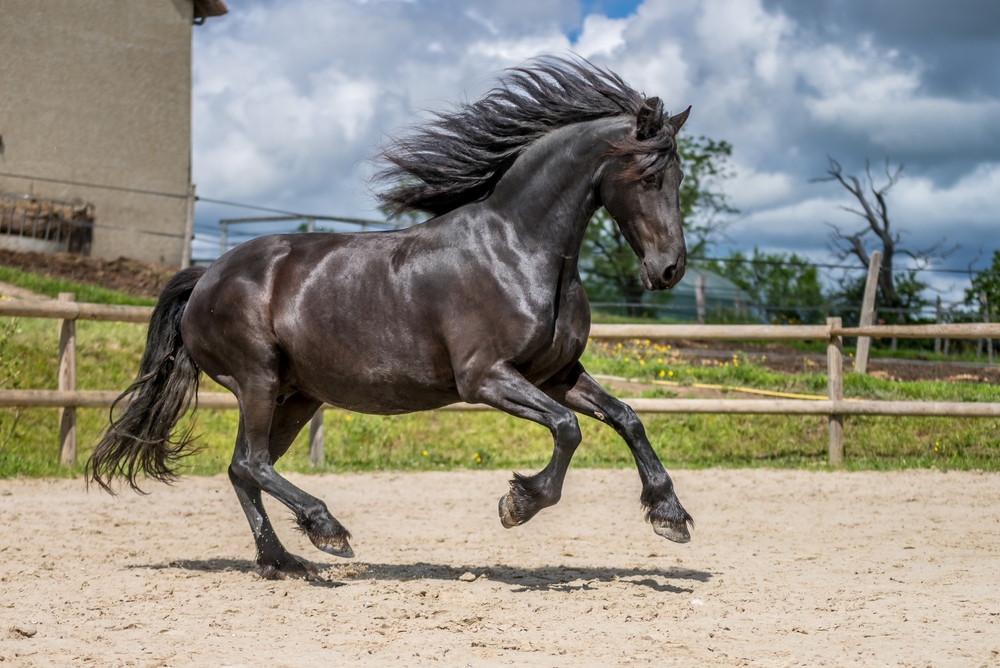
You might think that facial expressions are a uniquely human trait, but horses are surprisingly expressive creatures. They use their eyes, ears, and mouths to communicate with one another, much like humans do. Studies have shown that horses can produce at least 17 discrete facial movements, helping them convey emotions such as anxiety, excitement, or relaxation. So, next time you’re around a horse, pay close attention to the subtle cues in their face — they might just be telling you more than you think.
According to a study published in the journal PLOS ONE, horses also respond to human facial expressions, which play a role in how they form bonds with people. This ability suggests a level of emotional intelligence that allows horses to interact with humans in a particularly attuned way. By observing human emotions, horses learn to trust and form connections, something that’s essential for anyone working closely with them. It’s this unique communicative ability that helps horses form deep, lasting relationships with their human companions.
2. They Have Nearly 360-Degree Vision

Horses have an extraordinary field of vision, nearly 360 degrees, thanks to their large, laterally placed eyes. This panoramic view allows them to be constantly aware of their surroundings, an adaptation essential for a prey animal. However, they do have blind spots directly in front of their noses and directly behind their tails, so approaching a horse with an understanding of their visual limitations is important. This incredible vision is part of what makes horses such intuitive and reactive animals.
Their night vision is also quite impressive, although not as sharp as felines. The tapetum lucidum, a layer of tissue in their eyes, reflects light and enhances their ability to see in dim conditions. This means that dawn, dusk, and moonlit nights are no problem for a horse. However, in bright sunlight, their vision can be slightly compromised, which is why they often seek shade during peak sun hours.
3. They Can Sleep Both Lying Down and Standing Up
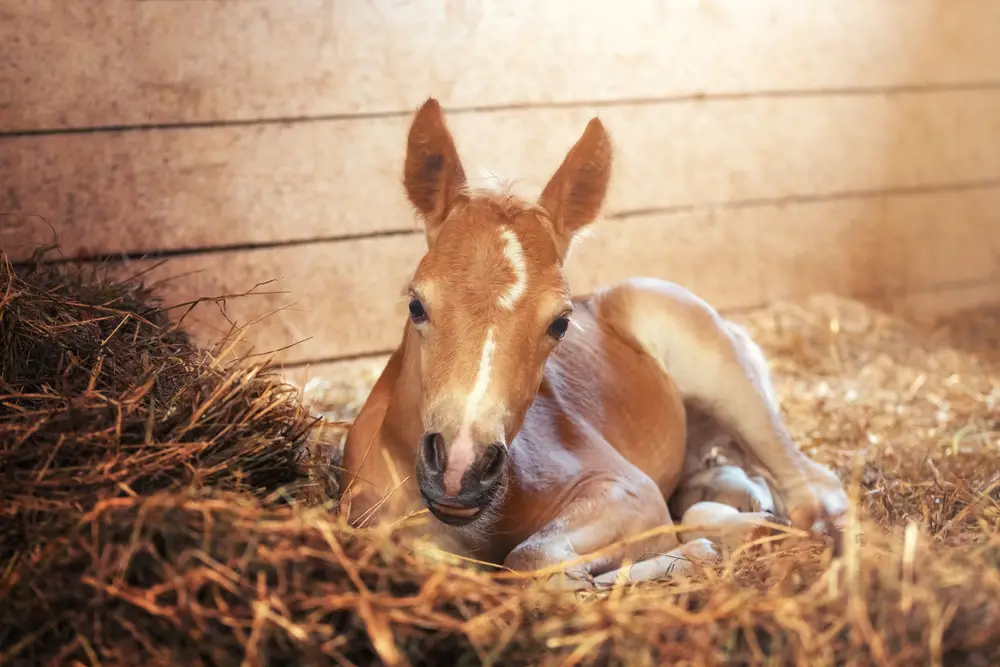
You may have heard that horses can sleep standing up, which is true, but a bit more complex than it might seem. Horses have a unique arrangement of their leg muscles and joints known as the “stay apparatus,” allowing them to lock their legs in a standing position without exerting much energy. This ability enables them to doze while standing, ready to flee from predators at a moment’s notice. However, for a deep, REM sleep, horses do need to lie down.
According to the American Association of Equine Practitioners, horses typically lie down for REM sleep for a few short periods over 24 hours, totaling only about two to three hours. This sleep pattern can vary based on a horse’s age, health, and environment. While standing sleep is common, ensuring a horse has a comfortable space to lie down is crucial for their overall well-being. So, if you see a horse lying down, don’t worry — they’re just catching up on some much-needed rest.
4. They Have Their Own Unique Footprint — Literally
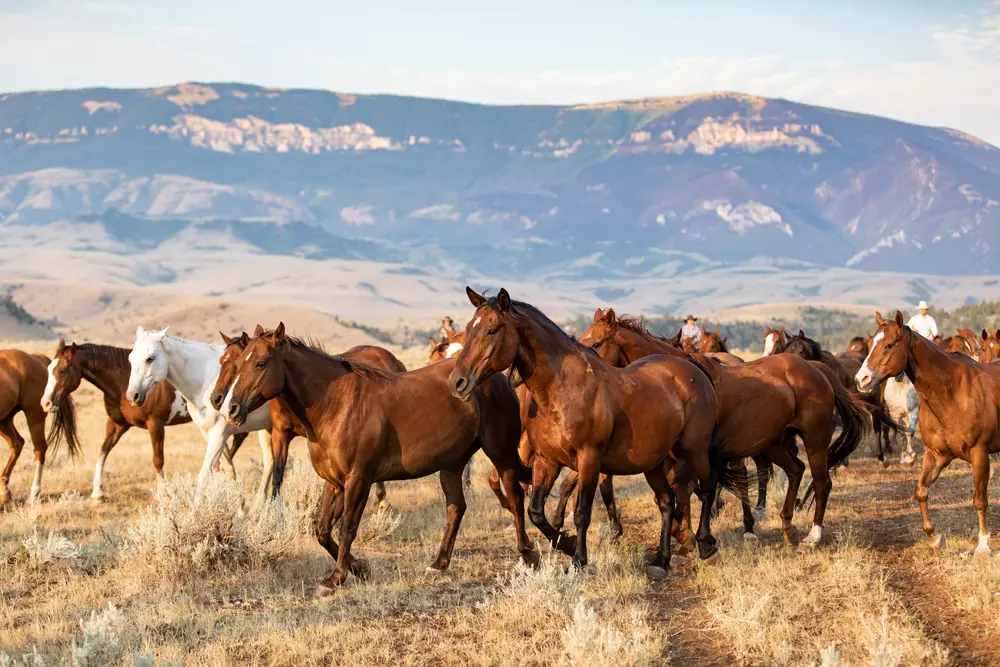
Just as humans have unique fingerprints, horses have unique hoof prints. The growth patterns and wear of each horse’s hoof create a distinctive mark, much like a human fingerprint. This individuality can be useful for identification in cases of missing or stolen horses. In fact, forensic science can apply hoofprint analysis in legal cases, adding an intriguing layer to equine identification.
Moreover, the health of a horse’s hoof is a critical indicator of their overall health and well-being. Regular care and attention are essential, as the hoof supports the entire weight of the horse. Farriers play a crucial role in maintaining hoof health, ensuring that each hoof is trimmed and shod appropriately. It’s a fascinating and essential aspect of equine care that underscores the importance of those unique hoofprints.
5. They Have a Highly Developed Sense of Empathy
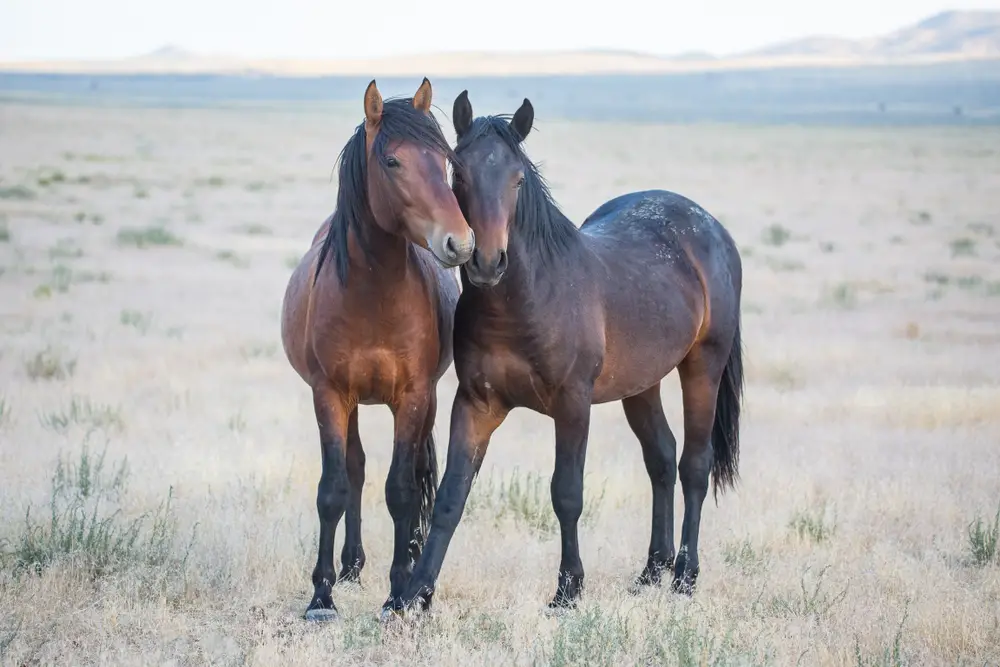
If you’ve ever felt like a horse just “gets you,” there may be more truth to that feeling than you’d expect. Horses are known for their ability to pick up on human emotions and respond accordingly, an aspect of their nature that has been the subject of scientific study. Research published in Biology Letters found that horses can recognize human emotions through vocal tones and facial expressions, tailoring their behavior to match the mood of the person they’re interacting with. This empathy makes them wonderful therapy animals, offering comfort and understanding.
Their sensitivity to emotions is not limited to humans; horses are also deeply attuned to the feelings of their herd mates. This social sensitivity can be observed in their interactions, from playful camaraderie to comforting one another in stressful situations. It’s this profound emotional intelligence that makes horses such remarkable companions, both to each other and to the people fortunate enough to know them. Engaging with a horse can feel like entering a silent conversation, where empathy and understanding transcend words.
6. They’re Surprisingly Fast Runners

When you picture a horse, speed might be one of the first things that comes to mind. Horses are built for speed, with their powerful leg muscles and streamlined bodies allowing them to reach impressive velocities. The average horse can gallop at around 25-30 miles per hour, but the fastest racehorses have been clocked at speeds exceeding 40 miles per hour. This speed has historically made horses invaluable for transportation, work, and sport.
The anatomy of a horse is meticulously designed for speed, with long legs and a large heart that pumps oxygen efficiently during high-speed runs. Their respiratory and cardiovascular systems work in tandem to sustain these bursts of speed over short distances. While some horses are bred specifically for racing, all horses share this basic capability, a testament to their evolutionary history as prey animals. Whether in a race or a leisurely gallop across a field, watching a horse run is a thrilling reminder of their grace and power.
7. They Have Sophisticated Digestive Systems

The digestive system of a horse is a marvel of evolution, perfectly suited to their herbivorous diet. A horse’s stomach is relatively small, holding only about 2-4 gallons, which is why they need to eat small amounts of food continuously — a grazing pattern that involves eating for up to 16 hours a day. Their long digestive tract, spanning over 100 feet, allows them to efficiently extract nutrients from fibrous plant material. This adaptation is crucial for sustaining their energy levels and overall health.
According to the University of Kentucky’s College of Agriculture, horses have a “hindgut fermentation” system. This means that most of their digestion occurs in the cecum and large intestine, where bacteria break down fibrous feeds. This process is efficient but also delicate; any sudden changes in diet can lead to digestive upset, a common concern among horse owners. Understanding this complexity can help you provide the best care and nutrition for these magnificent creatures.
8. They Have Been Human Companions for Thousands of Years

Horses have shared a long and storied relationship with humans, dating back over 5,000 years. Initially domesticated for meat and milk, they quickly became indispensable for transportation, agriculture, and warfare. The bond between horses and humans has been immortalized in art, literature, and mythology, reflecting our deep admiration and reliance on these animals. They’ve played pivotal roles in the development of civilizations, carrying explorers, soldiers, and farmers alike.
As societies evolved, so too did the roles horses played in human life. From the battlefields of ancient empires to modern-day equestrian sports, horses have proven to be adaptable, resilient, and loyal companions. This historical partnership continues to thrive today, with horses remaining a beloved part of leisure and competitive activities. Their enduring presence in our lives speaks to the strength and depth of our connection with them.
9. They Have Unique Coat Patterns

A horse’s coat can be a stunning array of colors and patterns, each as unique as a snowflake. Some of the most common colors include bay, black, chestnut, and gray, while more distinctive patterns include dappled, roan, and pinto. Genetics play a significant role in determining a horse’s coat, leading to a fascinating variety across breeds and individuals. These patterns not only contribute to a horse’s aesthetic appeal but can also influence perceptions of breed standards and market value.
The intricacies of coat patterns have piqued the interest of breeders and geneticists alike. Studies have shown that certain coat colors may be linked to specific genetic traits or health conditions. Understanding these connections can lead to better breeding practices and care strategies. Whether you’re drawn to a horse’s coat for its beauty or its biological implications, there’s no denying the captivating allure of their diverse appearances.
10. They Love to Socialize
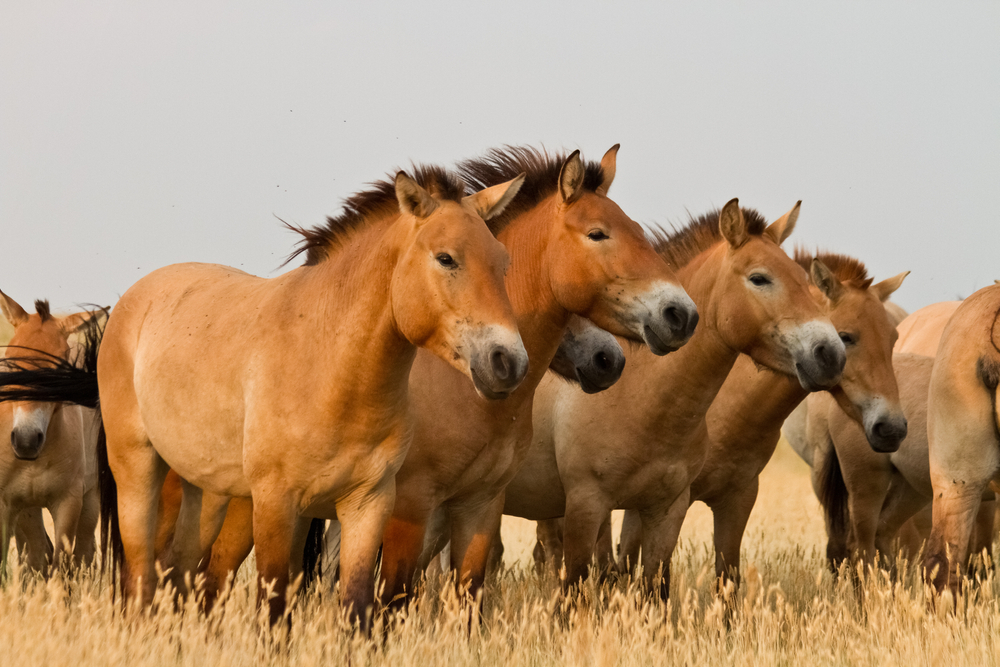
Horses are inherently social creatures, thriving in groups known as herds. In the wild, a herd is typically led by a dominant mare, with a stallion responsible for defending the group from threats. This social structure provides stability and protection, allowing horses to communicate and bond with one another. Within a herd, horses establish clear hierarchies, resolving conflicts through subtle gestures and behaviors.
Domesticated horses retain these social instincts, often forming bonds with their human caretakers and other horses. Understanding a horse’s need for social interaction can improve their quality of life, as solitary confinement can lead to stress and behavioral issues. Providing opportunities for socialization, whether through pasture time with other horses or regular interaction with people, is crucial for their emotional well-being. Embracing their social nature allows you to foster a more harmonious relationship with these beautiful animals.
11. They Have a Keen Sense of Timing

Horses possess an impressive internal clock, allowing them to anticipate daily routines and changes in their environment. This keen sense of timing helps them adapt to their surroundings, whether in the wild or in a stable. You might notice a horse growing restless as feeding time approaches or heading toward the gate at the same time each day. This internal clock is a testament to their ability to learn and remember patterns, a skill that has undoubtedly aided their survival.
Beyond routine activities, horses can also sense changes in weather patterns, often becoming more active as a storm approaches. This heightened awareness of their environment is not just fascinating but also practical, providing valuable cues for caretakers. By tuning into a horse’s behavior, you can gain insight into their needs and anticipate any issues that might arise. Their remarkable sense of timing serves as a reminder of their intelligence and adaptability.
12. They Have Excellent Memories
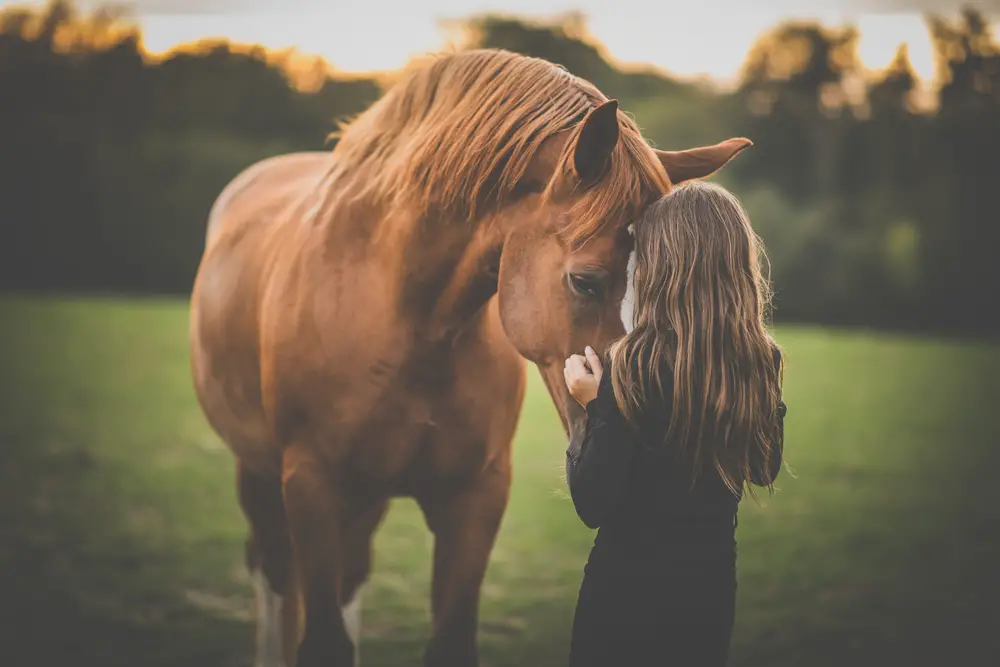
If you’ve ever heard the phrase, “a horse never forgets,” it’s rooted in truth. Horses possess a remarkable memory, which allows them to remember people, places, and experiences for years. This ability is linked to their survival in the wild, where remembering safe routes and reliable water sources could mean the difference between life and death. In domesticated settings, their strong memory forms the basis for training and bonding with humans.
Horses’ memories are not just about survival; they also recall emotional experiences, impacting their behavior and relationships. Positive interactions can foster trust and willingness, while negative ones can lead to fear and resistance. Understanding this aspect of their cognition can enhance training techniques and improve the human-horse relationship. Recognizing their capacity for memory underscores the importance of patience and consistency in your interactions with these intelligent animals.
13. They Can Be Trained to Perform Complex Tasks
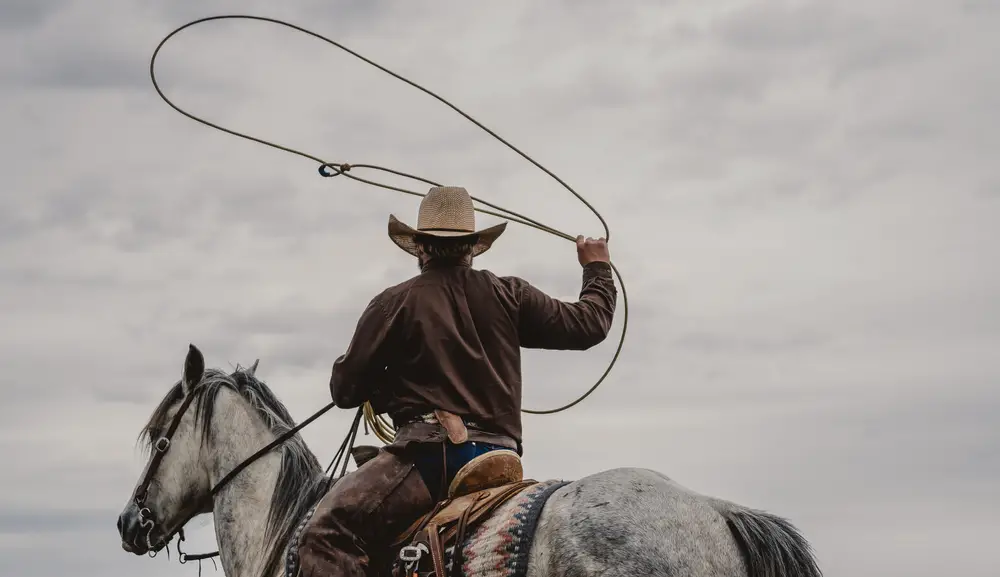
The intelligence and memory of horses make them capable of learning a wide range of skills, from basic commands to intricate routines. Training a horse requires patience, consistency, and understanding, but the rewards are immense. Horses can be taught to perform tasks such as dressage, jumping, and even therapeutic activities, showcasing their versatility and willingness to work with humans. This trainability has solidified their place in various domains, from competitive sports to therapy programs.
Equine training is not just about commands; it’s about building a partnership based on trust and communication. By understanding a horse’s natural instincts and behaviors, you can tailor training methods to suit their individual needs. The process of training is an opportunity to deepen your connection with these animals, as you learn to speak a common language. In many ways, training a horse is as much about what you can teach them as it is about what they can teach you.
14. Their Hearts Are Incredibly Powerful
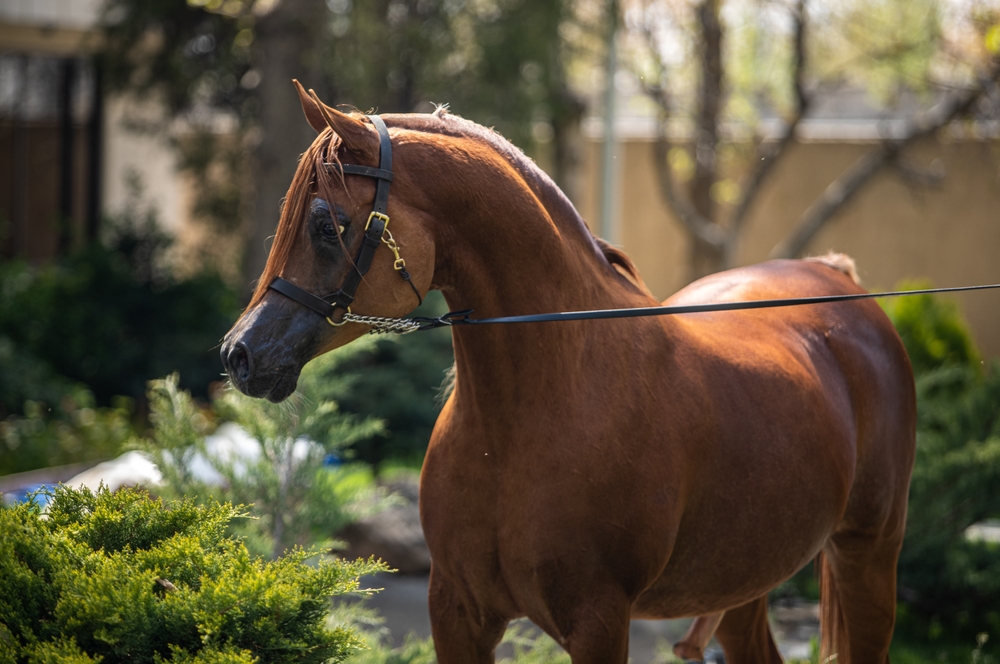
The heart of a horse is not just a metaphorical symbol of strength and spirit; it’s a literal powerhouse. A horse’s heart weighs between 8 to 10 pounds and pumps approximately 75 gallons of blood per hour at rest, much more during intense activity. This robust cardiovascular system supports their ability to run at high speeds and maintain endurance over long distances. It’s a vital component of their anatomy that underscores their capabilities as both athletes and companions.
In addition to their physical prowess, the horse’s heart plays a significant role in their emotional and social interactions. Studies have suggested that a horse’s heart rate can synchronize with that of a human, reflecting the deep bond they can share. This physiological connection is just one of many ways that horses demonstrate their sensitivity and intuition. Whether in the context of a race or a quiet moment of companionship, the heart of a horse is truly a remarkable organ.
